A Texas firm that builds 3D-printed homes is helping to create NASA's fake Martian habitat, where people will spend a year. Take a look.

NASA recently announced it's seeking volunteers to spend a year living on a fake Martian surface.
The habitat's 3D-printed structure is being built by Icon, a Texan construction-tech firm.
Icon worked with architects BIG, who conceived the habitat to be a comfortable yet supportive space.
NASA is looking for volunteers to spend 12 months pretending they live on Mars.

The US agency will select four volunteers, who will be paid to take part in the simulated Martian exploration mission.
The structure, known as Mars Dune Alpha, is a collaboration between Icon and architect firm Bjarke Ingels Group.

Icon is a company that seamlessly constructs buildings onsite without having to piece together individual units.
The company's 3D printer, known as the Vulcan, will churn out layers of cement to simulate a realistic Mars. The habitat intends to inform and support crew health and performance for future missions.
3D-printed homes are becoming increasingly popular. They are quick to build, and in some cases, it takes just a few hours to print a home.
In 2019, Icon partnered with New Story, a housing nonprofit based in San Francisco to produce a 350-square-foot tiny home that took just 48 hours to build.
When fully constructed, Mars Dune Alpha will include a customizable room for each crew member.
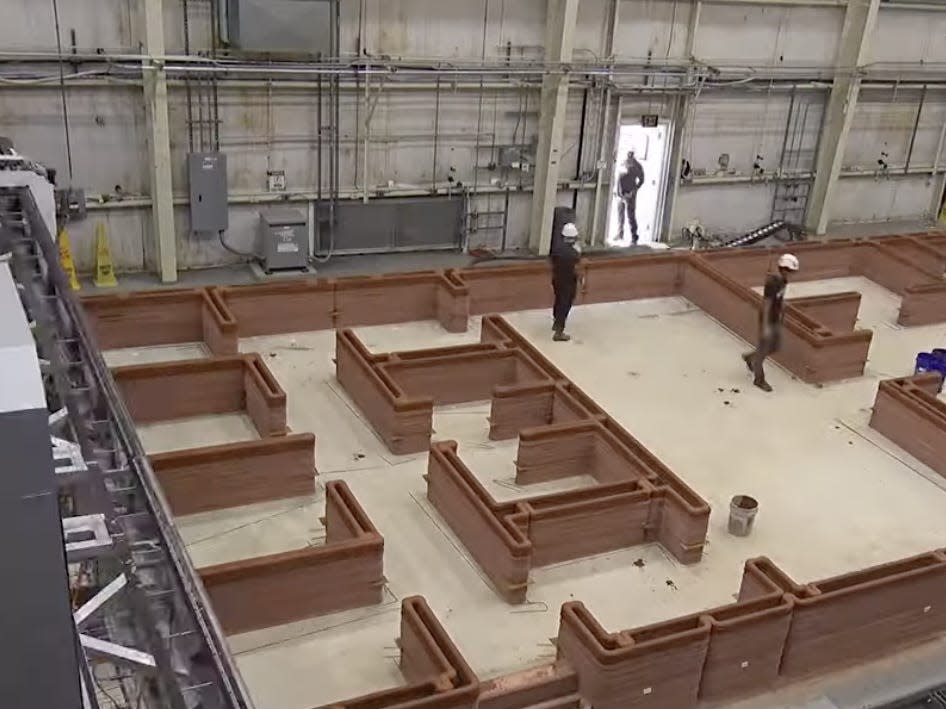
"We wanted to develop the most faithful analog possible to aid in humanity's dream to expand into the stars," said Jason Ballard, co-founder and CEO of Icon.
Mars Dune Alpha will be a 1,700 square-foot structure, located at NASA's Johnson Space Center in Houston, Texas.
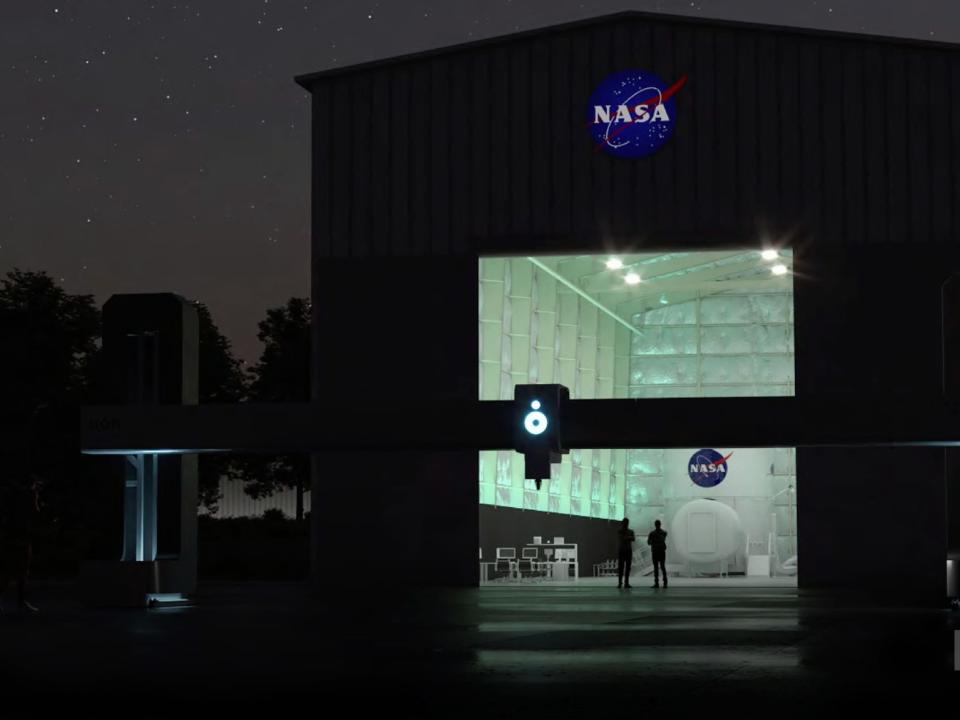
Johnson Space Center is described as a hub of human spaceflight activity. Results from ground-based analog missions that take place here help NASA prepare for the real-life challenges of space exploration.
The layout of the Martian surface will be organized in a gradient of privacy.
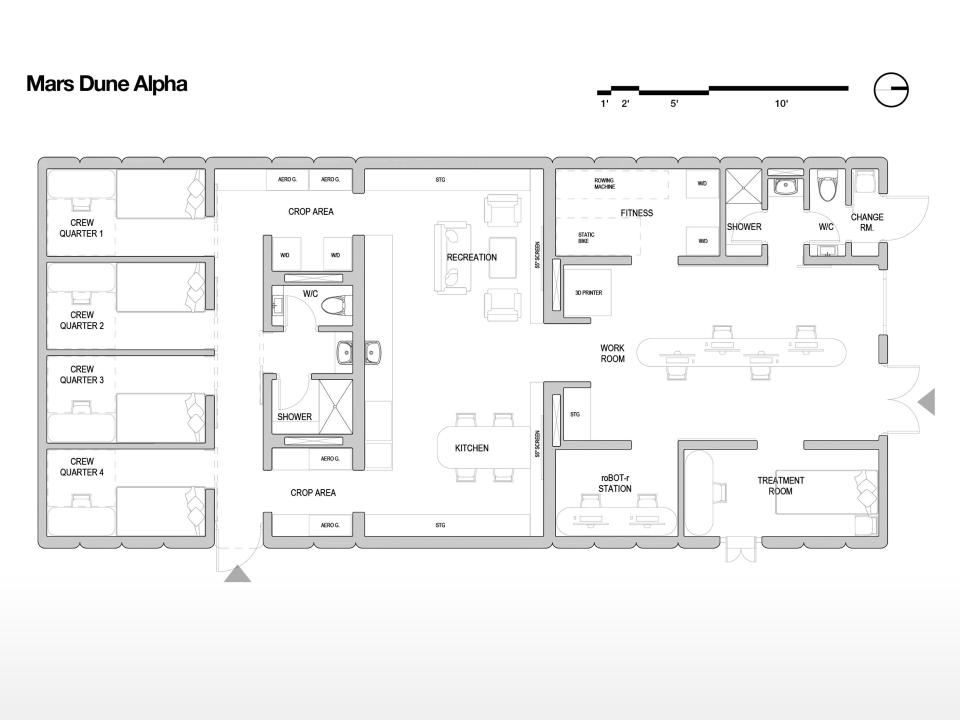
Four private crew quarters will be located at one end of the structure, while a treatment room and robot station will be based at the other. A recreation area and kitchen will sit in the middle.
Lavacrete is being used in the construction. The material is a cement-based mix typically comprising red pulverized lava rock, cement, and water.
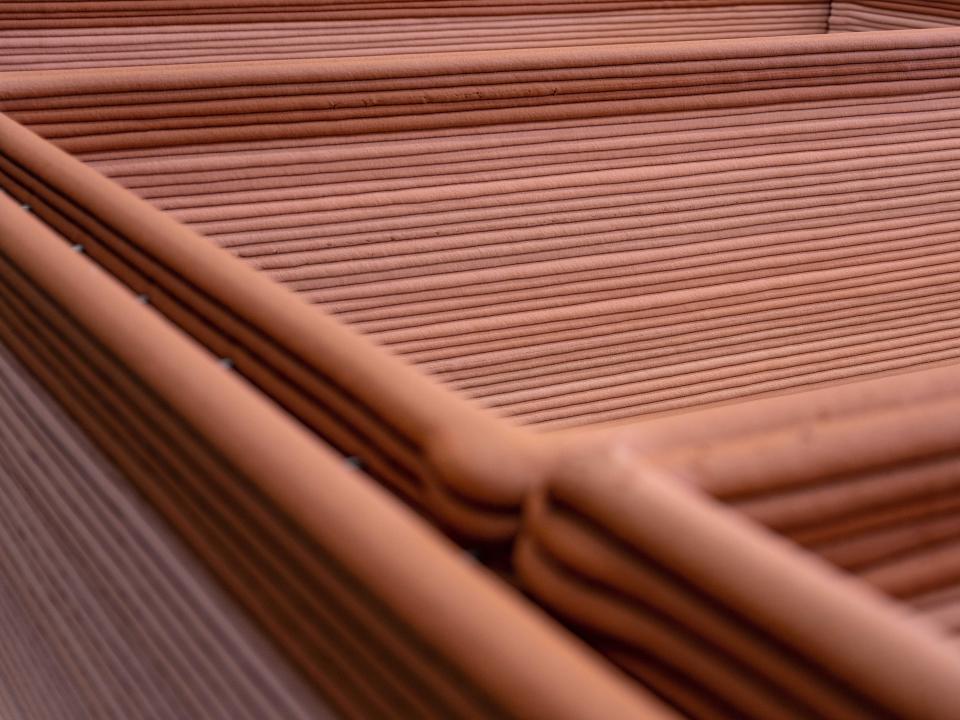
Dedicated workstations, medical stations, and food-growing stations will be located within the habitat.
Mars Dune Alpha will have varying ceiling heights vertically segmented by an arching shell structure.
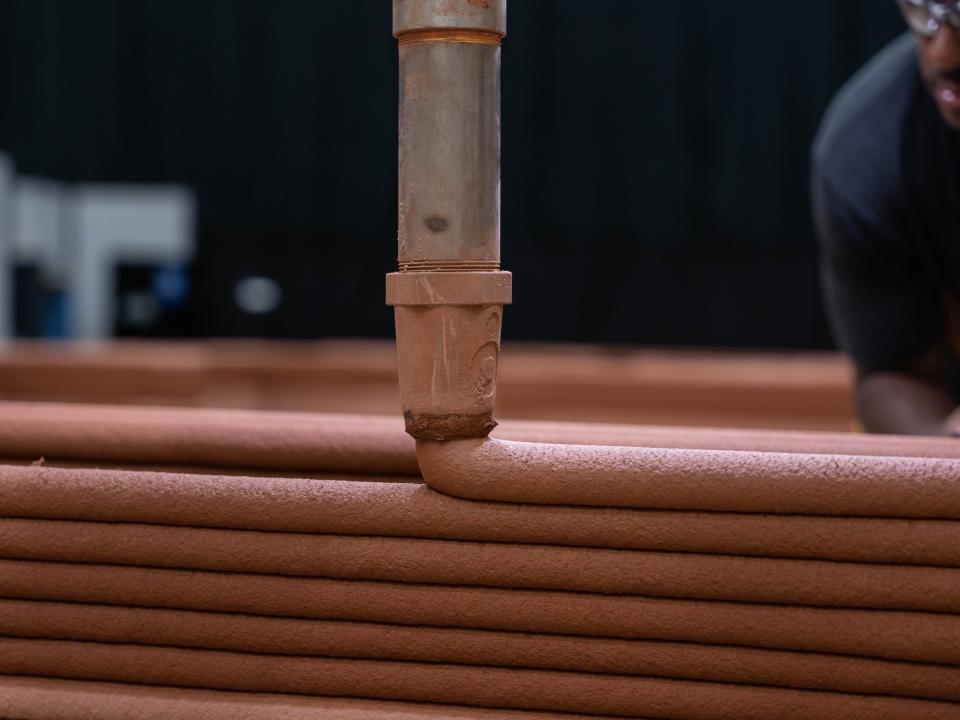
This is designed to accentuate the unique experience of each area and avoid spatial monotony and crew-member fatigue.
There will be a mix of fixed and movable furniture.
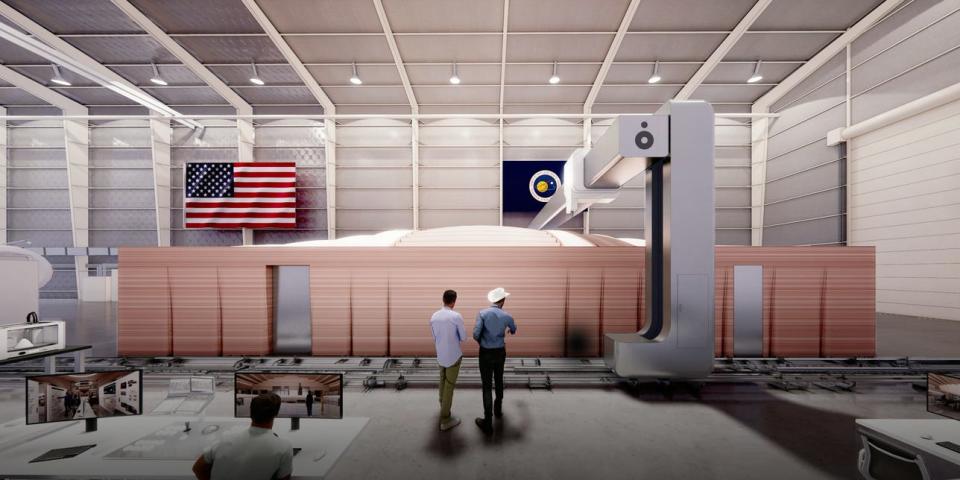
This will allow crew members to reorganize the habitat according to their daily needs.
The habitat will also include customizable lighting, temperature, and sound control.
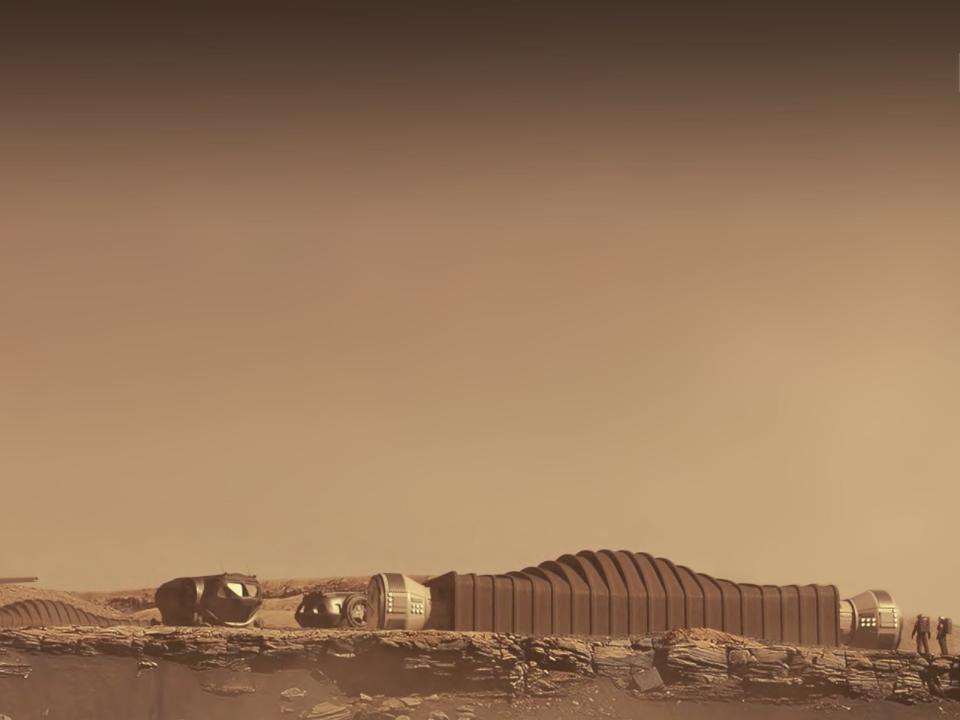
These features are intended to help regulate the daily routine, circadian rhythm, and overall wellbeing of the crew members.
"This is the highest-fidelity simulated habitat ever constructed by humans," said Jason Ballard, co-founder and CEO of Icon.
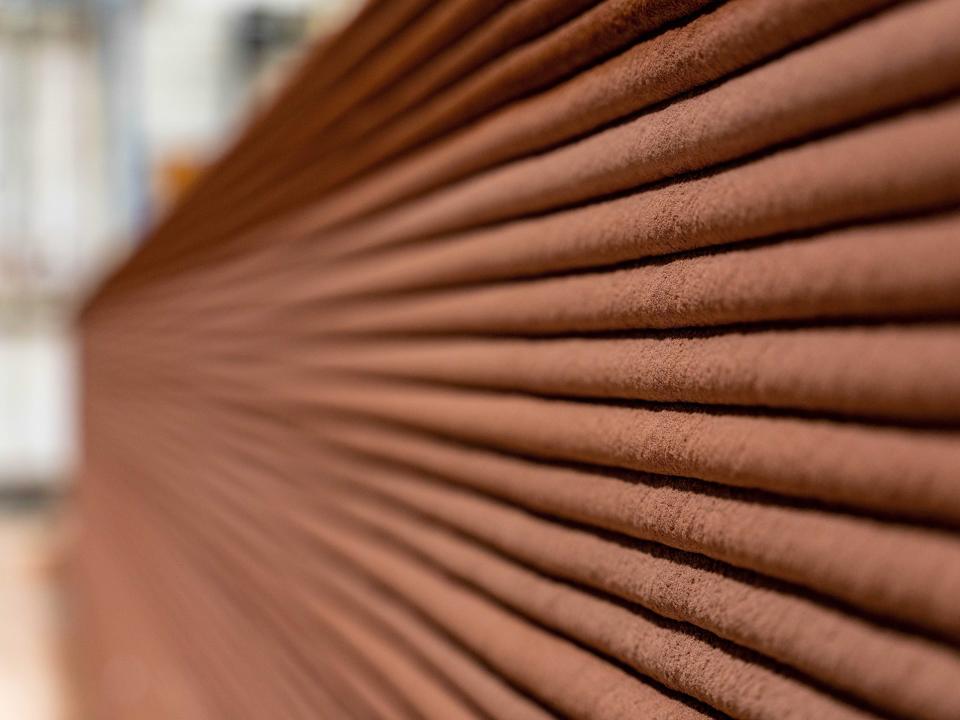
The creation of the Martian habitat has shown that construction-scale 3D printing is an essential part of humanity's toolkit on Earth, as well as to go to the moon and Mars, Ballard added.
Applicants for the Martian mission have to be aged between 30-55 and in good physical health.
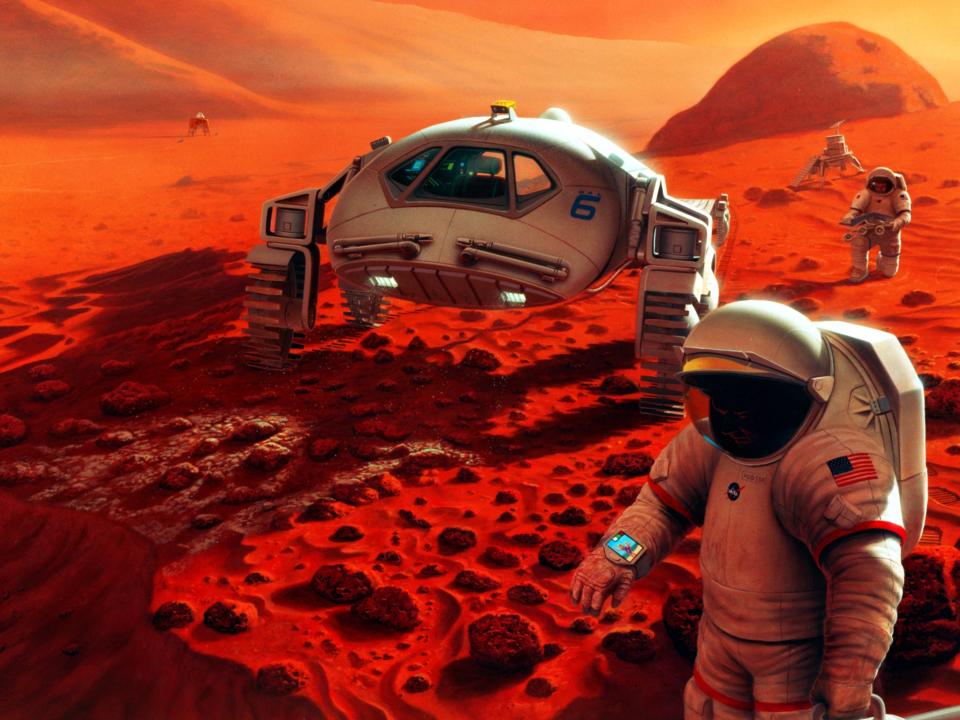
They must not be prone to motion sickness. Candidates must also be willing to eat the spaceflight-like diet provided during the analog mission.
Read the original article on Business Insider

